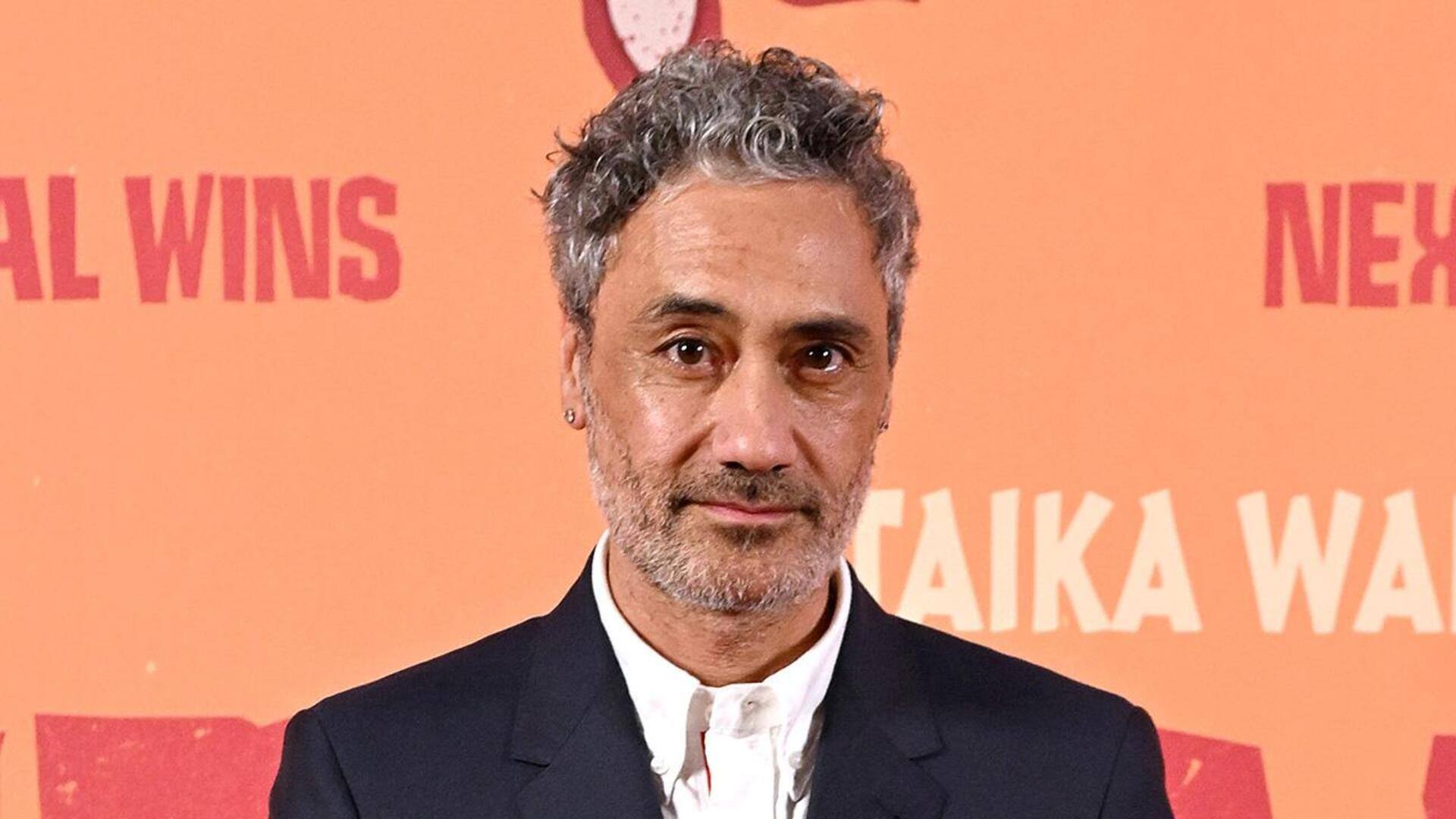
How Taika Waititi blends comedy, culture, and blockbuster magic
What's the story
Filmmaker Taika Waititi from New Zealand has taken Hollywood by storm with his fresh perspectives and diverse narratives. Not only is Waititi known for his unique storytelling style, but he also blends humor with poignant themes, challenging traditional norms in the film industry. Not only does his work entertain, but it also sparks conversations about representation and cultural identity. With his films, he offers audiences stories reflecting a broader spectrum of human experiences.
#1
'Thor: Ragnarok' and humor
With Thor: Ragnarok, Waititi brought humor to the superhero genre, which was largely serious. In turning the genre on its head, he redefined what audiences expect from superhero movies. The movie's success proved humor could go hand-in-hand with action-packed sequences without compromising the film's impact. This approach paved the way for other filmmakers to play with tone and style in once-rigid genres.
#2
Embracing Indigenous narratives
Waititi has also been instrumental in bringing indigenous stories to mainstream cinema. As an indigenous filmmaker himself, he adds elements of his Maori heritage into his work. This not only enriches the narrative but also gives representation to communities often overlooked by Hollywood. By showcasing these stories, Waititi encourages a more inclusive industry where diverse voices are heard and celebrated.
#3
Breaking stereotypes with 'Jojo Rabbit'
With Jojo Rabbit, Waititi took the sensitive historical themes head-on with satire and comedy. The film broke stereotypes with characters that were so layered and complex that they did not fit into the conventional molds of war stories. This daring treatment ensured that audiences could confront the toughest subjects in an all-new light, but not without empathy for all characters.
#4
Collaborative filmmaking approach
Waititi is known to create an atmosphere of collaboration on set where creativity can flourish with both the cast and crew members. He encourages everyone on set to have a say in production processes, which results in exploring different storytelling techniques in the filming stages itself. Instead of relying on post-production edits later down the line, after shooting wraps up.